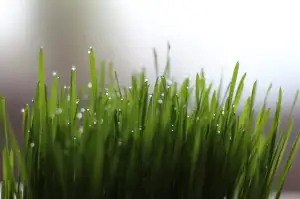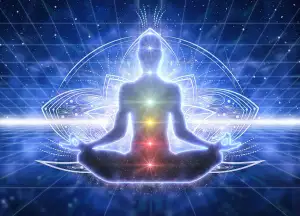Swinging Woes: Tackling Mid Back Pain from Golf Swings

Golf is a beloved sport enjoyed by millions worldwide, but it can also lead to mid back pain for many players. The repetitive nature of the golf swing, combined with poor technique or overexertion, can put strain on the muscles and ligaments in the mid back region. This can result in discomfort, stiffness, and reduced mobility, impacting both performance on the course and overall quality of life. Understanding the causes and symptoms of mid back pain from golf swings is crucial for prevention and effective management.
Understanding the Mechanics of Golf Swing and Mid Back Strain
Understanding the mechanics of a golf swing is crucial in addressing mid back strain. The golf swing involves a complex sequence of movements that require coordination between the upper body, lower body, and core muscles. During the swing, the mid back (thoracic spine) rotates and extends to generate power and accuracy in the shot. Repetitive twisting and bending motions can lead to muscle imbalances, overuse injuries, and strain on the thoracic spine. It's important for golfers to maintain proper posture, alignment, and technique to prevent mid back pain during their swings.
Common Symptoms of Mid Back Pain in Golfers
Common Symptoms of Mid Back Pain in golfers can include a dull ache or sharp pain in the middle part of the back, stiffness or limited range of motion when twisting or bending, muscle tightness, and tenderness in the area. Golfers may also experience discomfort that worsens with activity and improves with rest. It is essential to pay attention to these symptoms as they can indicate underlying issues that need to be addressed to prevent further injury and improve overall performance on the course.
Risk Factors Contributing to Mid Back Pain in Golfers
Several risk factors can contribute to mid back pain in golfers. One significant factor is poor posture during the swing, which can strain the muscles and ligaments in the mid back region. Overuse or repetitive movements from practicing or playing golf excessively without proper rest can also lead to mid back pain. Additionally, lack of flexibility and strength in the core muscles, as well as improper equipment such as using clubs that are too long or heavy, can increase the risk of developing mid back pain while playing golf. It is essential for golfers to address these risk factors to prevent and alleviate mid back pain effectively.
Prevention Strategies and Exercises to Alleviate Mid Back Pain
To prevent and alleviate mid back pain from golf swings, it is crucial to focus on strengthening the core muscles, improving flexibility, and maintaining proper posture during the swing. Incorporating exercises such as planks, bird dogs, and thoracic extensions can help strengthen the muscles supporting the mid back. Stretching exercises like cat-cow stretches and thoracic rotations can improve flexibility in the spine. Additionally, practicing proper swing mechanics and avoiding overexertion can reduce the risk of mid back strain. Remember to warm up before playing and cool down afterward to keep your muscles supple and prevent injury.
Seeking Professional Help for Persistent Mid Back Pain
If you are experiencing persistent mid back pain from your golf swings despite trying prevention strategies and exercises, it is crucial to seek professional help. A sports medicine physician or a physical therapist specializing in golf-related injuries can provide a comprehensive assessment of your condition. They can offer personalized treatment plans, including targeted exercises, manual therapy, and possibly referrals for imaging studies if needed. Ignoring ongoing pain could lead to further complications and hinder your performance on the golf course. Remember, early intervention is key to addressing mid back pain effectively and getting back to enjoying your game pain-free.
In conclusion, it is crucial for golfers to prioritize proper technique in their swings to maintain back health and prevent mid back pain. By understanding the mechanics of the golf swing and implementing correct form, players can reduce the risk of strain and injury. Consistent practice of prevention strategies and exercises targeted at strengthening the core muscles can also help alleviate mid back pain. Seeking professional help when experiencing persistent pain is essential for proper diagnosis and treatment. Remember, a healthy back leads to better performance on the course and overall well-being off the green.
Published: 07. 03. 2024
Category: Health



